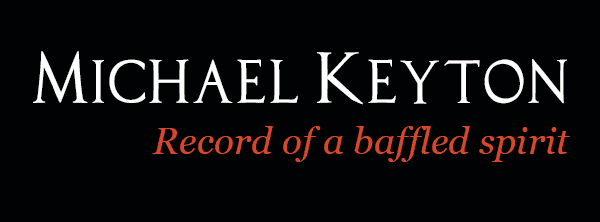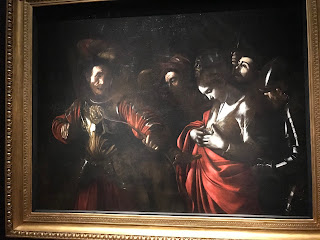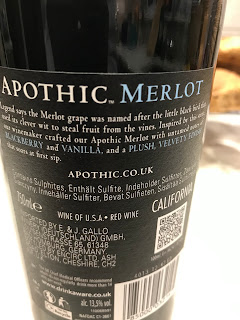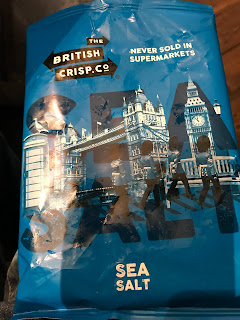I’ve just finished ‘The Course of Empire,’ the first volume of Bernard DeVoto’s three volume History of America. It begins with the Spanish Conquest, followed in turn by the French penetration of the North American rivers and, getting in just in time, the English settlements on the Eastern seaboards bound in by the Allegheny and Appalachian Mountains.
It’s an exhaustive and exhausting account, illuminated by evocative descriptions of landscape, and barely believable stories of individual explorers, mountain men and trappers. The impact on European ‘great power’ politics is also finely explained. The failure of C18th French bureaucracy to capitalise on what their explorers had handed them on a plate is also a lesson for our own risk averse bureaucracies.
The book’s one great drawback is the sheer amount of detail, a dense forest of facts with little space to breathe and worse, very poor maps.
This is a crucial weakness because the joy of the book is the ‘Pin-the-Tail on the Donkey’ madness as early explorers tried to make sense of rivers and mountains in the ‘wrong’ place. Their over-riding aim was to discover river access to the West Coast as convenient as the Mississippi, the St Lawrence and other rivers on the Eastern Seaboard. So over-riding was the desire, wishful thinking influenced map after map of ‘the unexplored’— in particular rivers and mountains—for over a hundred years. This is both funny and potentially gripping but here the writing is over dense and the poor maps make it impossible to see the places referred to.
Eyes and mind tend to glaze with names of rivers, obscure individuals and tribes crammed within paragraphs—mentioned but inadequately developed. It’s hard to focus if interest diminishes with details not fully explained.
But what anecdotes! And what a story. When interest flares the book is hard to put down.
John Colter for example. One summer night in 1805 Blackfeet attacked him and his partner, Potts as they slept. They killed Potts but stripped Colter naked and told him to start running, giving him a sporting start before loosing their fleetest runners to catch and kill him. He ran barefoot over the cactus that had torn through the leather soles of previous explorers; he ran until blood gushed from his nostrils; he ran six miles in all until he reached the river. He dived into it and hid beneath one of several clumps of driftwood whilst frustrated Blackfeet howled and scanned the river for signs of life. That night he swam downstream until safe, striking land in the early hours of the morning, where he walked another seven days barefoot, naked and unarmed until he reached safety.
There are accounts of tribal cultures, the Takulli for example whose widows had to carry their husbands’ ashes on their backs for three years before being allowed to remarry. In describing the various Indian tribes, De Voto depends heavily on the accounts of these early explorers and his own early C20th perceptions; thus terms like fickle, child-like, savage and treacherous abound, along with recognition of their valour and skill in surviving the harshest terrains.
Perhaps the saddest parts of the book are the descriptions of a virgin wilderness, pristine rivers, and the vast herds of buffalo stretching to the horizon and more numerous than ants. They proved easy hunting but the Sioux and other tribes were masters of the utilitarian. In late winter they would panic herds on to frozen rivers where the ice was weak and splintered under the weight. For weeks buffalo carcasses floated downstream under the ice, surfacing every so often where squaws would drag them to land. By then, the meat was badly decomposed, sometimes almost liquified—luckily a delicacy for the aficionado. I’ll stick with beans on toast.






























